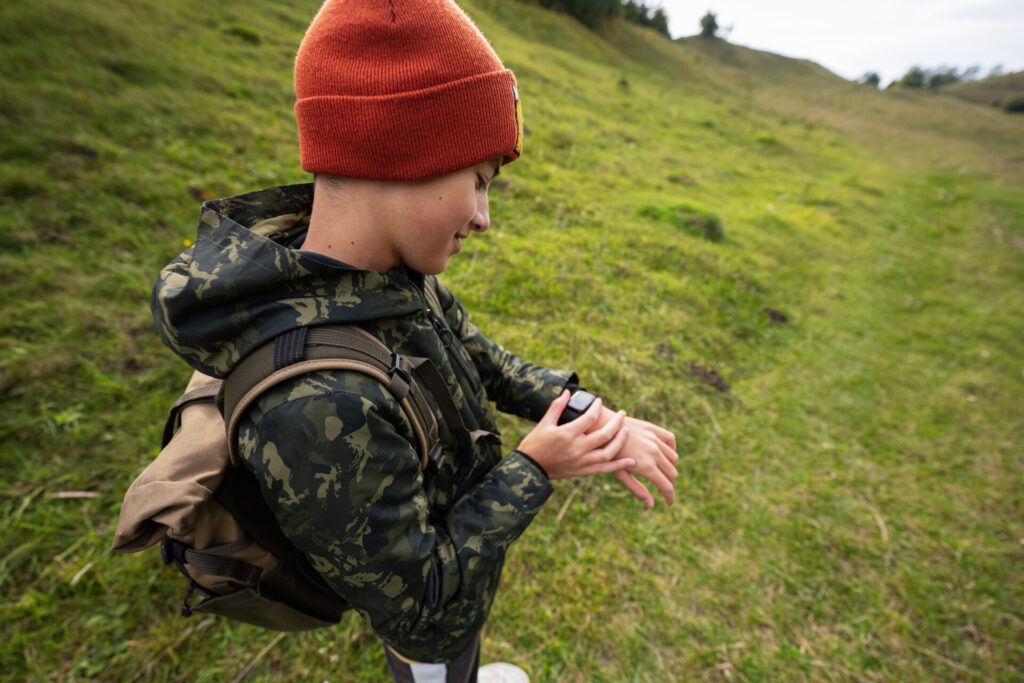 October is Cybersecurity Awareness Month and it’s been remarkable to see the steps Canadians are taking to share knowledge on the subject. The Canadian Government in particular has beefed up its online resources adding more information to the getcybersafe.gc.ca site. Now comes the task for us parents to make sure all these great resources are used and that the information is shared with our children to keep them safe online.
October is Cybersecurity Awareness Month and it’s been remarkable to see the steps Canadians are taking to share knowledge on the subject. The Canadian Government in particular has beefed up its online resources adding more information to the getcybersafe.gc.ca site. Now comes the task for us parents to make sure all these great resources are used and that the information is shared with our children to keep them safe online.
I want to extend a challenge to all parents that could be used as a way to gauge whether your child is using best practices online. You can give them this “quiz” anytime – in the car, as you walk to school or at the dinner table. Keep it light and assess the areas where they might need more guidance.
- Do you use different passwords for different accounts?
If they answer no, then it’s a good time to chat about the importance of strong passwords. Kids (and us adults) should use different passwords for each account and regularly change them. You should also lock all of your smartphone devices with a password. You can further probe if they think it’s a good idea to use capital letters, numbers and symbols in their passwords. Hint: It is a good idea to use all those! - Do you connect with people you don’t know?
This is a great conversation starter. You can ask what they did when someone they didn’t know connected with them. At times, children add strangers to their social networks. I have a simple and effective rule: If you don’t know them, don’t connect with them. But it could take a few clicks with your children to remove someone they’ve already added, so remember that it’s OK if they connected. You can undo that connection or block that person from contacting your child. Empower them to say no, just like you tell them to do offline when it comes to strangers. - How do you protect your privacy?
Privacy settings on social networks should be used so that your information is visible only to your network. Also, posts they make on chat sites or gaming sites could be posted for all to see. Talk about if they know where their information ends up. Depending on their age, have them show you what they do. Our kids are digital natives and they can probably teach us a thing or two. At the end of the day, you want to make sure you have rules for what they can reveal about themselves online and that they can’t.
So, as Cybersecurity Awareness Month comes to a close, let’s play our part by having a chat with our families and share some of this knowledge on how we can all protect ourselves online.
Lynn Hargrove is the Director of Consumer Solutions for Symantec Canada.














